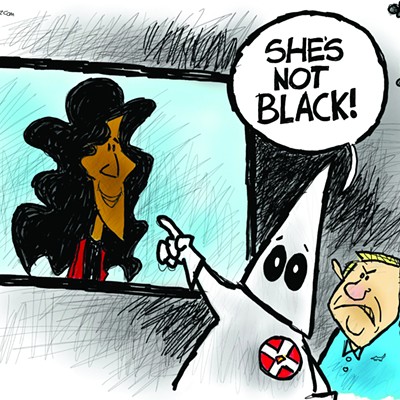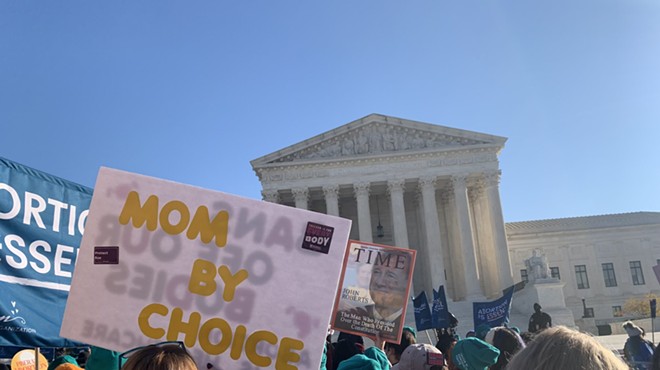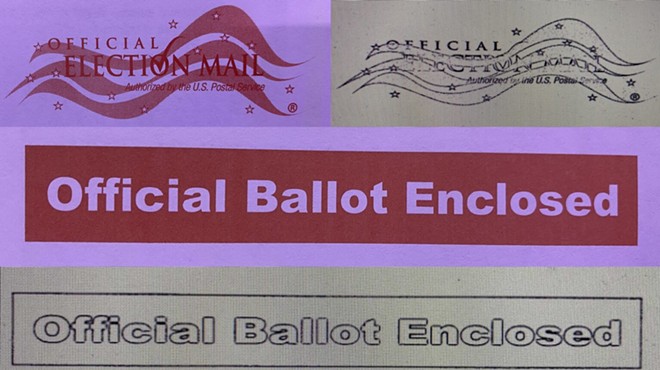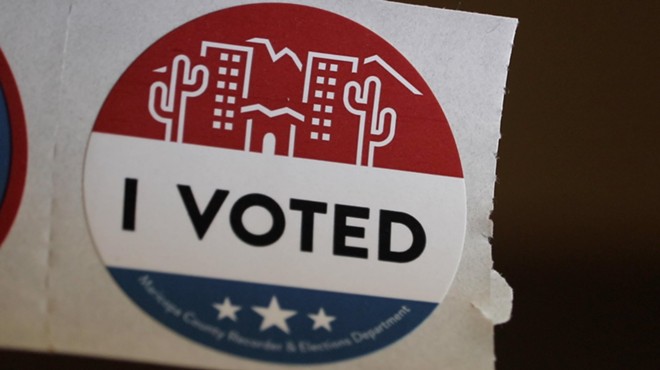Monday, July 27, 2015
More Thoughts on Harper Lee's Two Versions of Racism in America
When I wrote my earlier post comparing Harper Lee's classic novel To Kill a Mockingbird with her just-released earlier novel, Go Set a Watchman, I was relying on a number of reviews and analyses I had read about the new book. I hadn't gotten my own copy yet. Since then, I've read Watchman, which reinforced the perspectives I got from others and added to them. Watchman isn't a great book—it probably isn't even a very good book in its published form—but it's an intelligent book with sharp analyses of attitudes in the south during the 50s, specifically after the Supreme Court ruled that segregated schools were unconstitutional in the landmark Brown vs. Board of Education decision. The contrast between the versions of the south and the pervasiveness of racism portrayed in the two books is what most resonates for me—the glossy, airbrushed version in Mockingbird versus the wrinkles-and-all version in Watchman. My general takeaway from the contrast between the two books is, we need to grow up about the way we perceive racism in this country—how substantial it is, how much it underlies the way we as individuals perceive the world and the way our society functions. We need to look racism directly in the face, acknowledge it and do whatever we can, not to eradicate it completely since that's impossible, but to lessen its impact by working to correct its most destructive aspects.
Genuine spoiler alert: I'm going to be talking about Watchman in some detail, so if you plan to read the book and don't want it pre-summarized and analyzed, this is a good time to stop reading.
In Watchman, a 26-year-old woman who is living in New York returns to her home town in the south for a visit. At the beginning of the book, the town and its inhabitants appear to be as she remembered them, especially her father Atticus Finch whom she idolized as a child and continues to idolize as a young adult. In her eyes, Atticus was a man who transcended his time and place, someone who saw beyond race and class, whose judgement was absolutely fair and even handed unlike most white inhabitants of the town, including some wonderful but flawed adults she knew growing up.
As the book continues, she begins to see that Atticus isn't the man she believed he was. To her horror, she finds he's a segregationist and something of a bigot. He's against school integration and making it easy for southern blacks to vote—or he's against doing those things right away, anyway. He wants changes to happen in their own sweet southern time, not on the timetable set by the Supreme Court and the N.A.A.C.P. To paraphrase one of today's much-used phrases, for Atticus, White lives matter, but Black lives — or at least the quality of black lives — don't matter nearly as much, especially if improving their lives has a negative impact on the privileges he and other southern whites have come to expect as their birthright.
What is this young woman who grew up idolizing her father to do? The answer the book gives is, grow up. She has to realize that Atticus is a flawed man, like other men, who harbors some attitudes she finds despicable. In fact, according to the book, if she is to grow into an independent woman, it's absolutely necessary that she understand and reject some of her father's attitudes.
Here's what I find most interesting. When Harper Lee's editor read Watchman, he told her the novel wasn't ready for publication. His favorite parts of the book, he told her, were the places where she looks back nostalgically at her youth, and he tells her to expand on those, make them the focus of her new book. That's exactly what she does, and the result is the beautifully written, emotionally gripping Mockingbird. We love young Scout, who is between six and ten in the book, not 26 as in Watchman. And even more, we love Atticus, who is portrayed as the perfect man his daughter idolized. Scrubbed out are his flawed attitudes she sees as an adult, the attitudes she needs to understand and reject to grow beyond her childish view of the world.
When Harper Lee wrote Mockingbird, she gave us a version of Atticus and the town that she knew was untrue, or at least incomplete. She knew there was a deeply racist underbelly to the story, but she gave us—and we gratefully read and accepted—the glossy, idealized child's-eye view. That's a big part of why we love the book. Sure, racism was pervasive in the south of the 1930s, but in the book we saw a good man who was untouched and unsullied by the racially poisonous atmosphere around him. It gave us hope that good people like Atticus, as well as people of good will who weren't quite as enlightened as he was, would lead the way toward a post-racial America. Watchman presented a more pessimistic view of reality.
In many ways, that's where we are today. We're wrestling with two versions of America. In one—the Mockingbird version—we have racial problems we need to correct but we're on the right road, and many of us white folk, like Atticus, are ready and willing to do the right thing no matter what the consequences to our lives. In the other—the Watchman version—we need to grow up and realize racism is so deeply ingrained in the structure of our society, and its consequences are so valuable to those of us who benefit from racial inequities, that we can't depend on gradual change brought about by "good people" in white society. We need to make some radical, sometimes dangerous transformations if we hope to move away from our structural inequality and toward a better, fairer society.
The first version, the Mockingbird version, the one I read and taught a number of times, is pleasant and soothing to this white guy who has always been an advocate for civil rights but also has benefitted from the privilege that comes with my skin color. The second version, the Watchman version, is far more disturbing and dangerous, but I believe it's closer to the truth.
Tags: To Kill a Mockingbird , Go Set a Watchman , Harper Lee , Racism , Image














